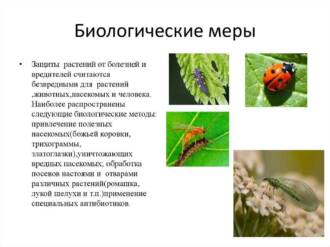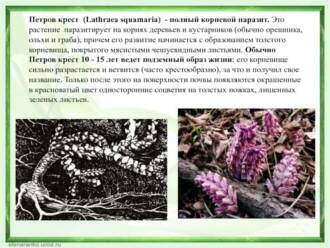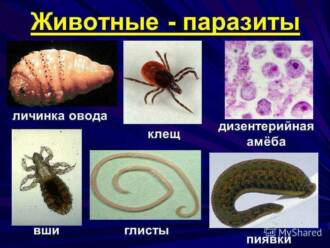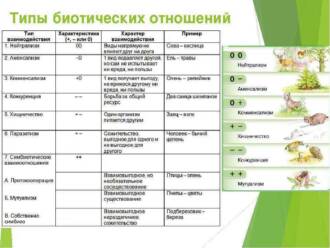
Butterflies are delicate and colorful creatures that amaze with their beauty and grace. They play an important role in the ecosystem, helping to pollinate plants and serving as food for other animals. However, like many other species, butterflies are susceptible to attacks by parasites that can seriously threaten their survival.
Butterfly parasites are organisms that feed on the tissues of butterflies and use them as hosts for reproduction and survival. They can be of many different types, from insects to fungi and bacteria. Some parasites attack butterflies at the caterpillar stage, feeding on their food plants or by entering and feeding on their tissues. Other parasites may attack butterflies at the pupa stage or even as adults.
These parasites can cause serious harm to butterflies. They can cause diseases, distort the development of butterflies, or even lead to their death. In addition, parasites can reduce the population of butterflies, which can have a negative impact on the ecosystem as a whole. Butterflies play an important role in the pollination of plants, which contributes to the reproduction and conservation of species. The threat of their extinction can lead to an imbalance in nature and negative consequences for other animals and plants.
Biological balance and parasite threats to butterflies

Biological balance is an important aspect in maintaining the diversity and health of the ecosystem. Butterflies play an important role in biological balance, as they serve as pollinators for plants and are food for other animals.
However, parasitic insects can pose a threat to butterflies and disturb the biological balance. They can be internal or external parasites that attack butterflies at different stages of their development.
internal parasites include worms and other parasitic insects that live inside the body of butterflies. They can feed on the organs of butterflies, which leads to their weakening and death. This can lead to a reduction in the population and even the extinction of some species of butterflies.
External parasites include mites, lice and other insects that live on the body surface of butterflies. They can feed on the blood or other bodily fluids of butterflies. This can cause itching, irritation, and discomfort in butterflies, and can also lead to the spread of infections and disease.
Maintaining biological balance and protecting butterflies from parasites is an important task for maintaining the health of the ecosystem. This may include the use of biological pest control methods, such as the use of pest natural enemies, as well as minimizing the use of chemical pesticides, which can harm both butterflies and their natural enemies.
Parasites and their effect on butterflies
Butterflies are one of the most beautiful and amazing creatures of nature. They play an important role in dust pollination of plants and are one of the key links in the ecosystem. However, parasitic organisms can pose a serious threat to butterflies and their populations.
One of the most well-known parasites of butterflies is the wasp. They lay their eggs on caterpillars, and when they hatch, they begin to feed on the caterpillar's tissue. This can lead to the death of the caterpillar or weaken its immune system, making it more vulnerable to other diseases and infections.
Another parasite that can harm butterflies is the microbial parasite Nosema. It infects the intestines of butterflies, causing them diarrhea and disruption of the digestive system. This can lead to malnutrition and death of butterflies, especially if they cannot get enough nutrients from their food.
Maintaining the biological balance in an ecosystem is a key aspect for protecting butterflies from parasites. Biodiversity and the presence of natural predators make it possible to control the parasite population and ensure the health of butterflies. However, human intervention in natural environments, the use of pesticides and the destruction of natural habitats can upset this balance and lead to a sharp decline in the number and diversity of butterflies.
How butterflies adapt to parasites
Butterflies, like other animals, develop different coping strategies for parasites. They have a variety of defense mechanisms that help them survive in the face of constant threat from parasites.
One such strategy is the evolution of a variety of wing shapes and colors. Some types of butterflies have bright and beautiful colors that serve as a warning to parasites. Bright colors signal the presence of toxic substances in the butterfly's body, which makes the parasites refuse to attack.
In addition, butterflies develop other defense mechanisms. For example, some species of butterflies have special glands on their wings that secrete substances that repel parasites. Butterflies may also have jagged edges on their wings or projections on their bodies that serve to scare away and protect themselves from enemies.
In addition, butterflies also develop behavioral strategies to protect themselves from parasites. Some species of butterflies may periodically change their habitat or time of activity to avoid encountering parasites. They may also leave eggs in places inaccessible to parasites or inside plants to ensure the safety of their offspring.
It is important to note that butterflies and their parasites are in a constant evolutionary race. Parasites develop new methods of attack, and butterflies in turn adapt to these threats. This constant confrontation contributes to the diversity of forms and strategies in butterflies and is an important factor in maintaining the biological balance in nature.
Butterfly immune system and parasite defense
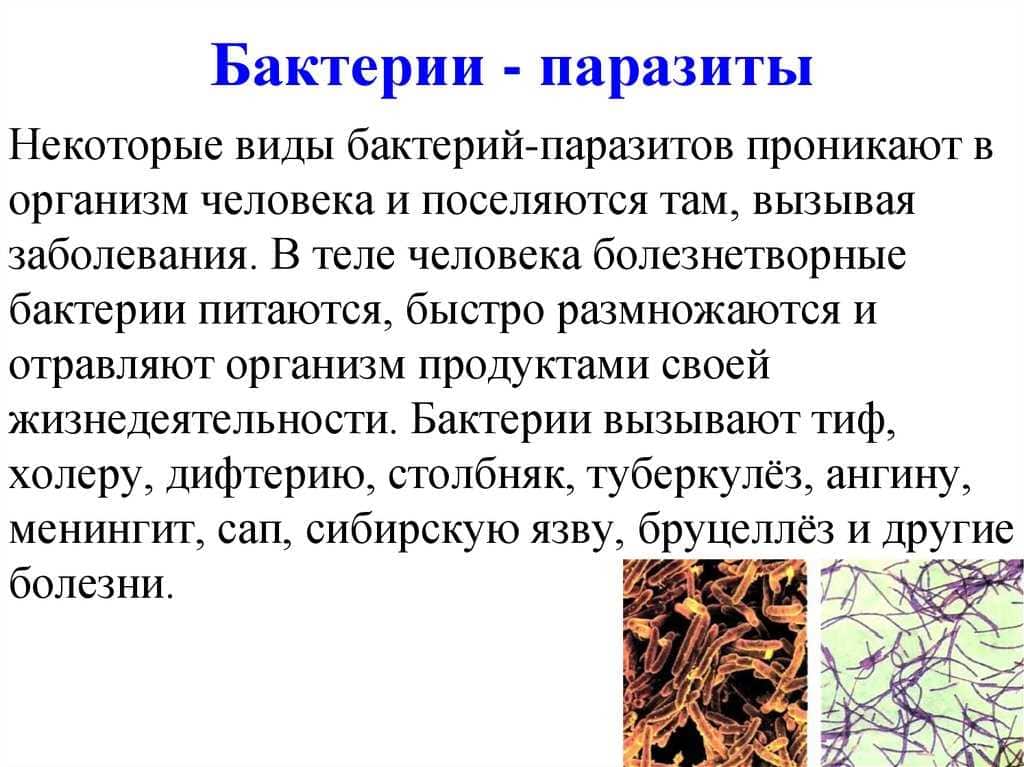
Butterflies, like other animals, have their own immune system that helps them fight external threats, including parasites. The immune system of butterflies is made up of various cells and molecules that work together to protect the body.
One of the key components of the immune system of butterflies are hemocytes - cells that perform the functions of protecting the body. Hemocytes synthesize various proteins, such as antimicrobial peptides, which help destroy parasites.
Butterflies also have specialized cells called lymphocytes that play an important role in the immune system. Lymphocytes recognize and attack parasites, helping to prevent them from multiplying and spreading in the body of butterflies.
However, despite the presence of an immune system, some parasites can still enter the body of butterflies and cause diseases. Some parasites can interfere with the development of butterflies, interrupting their life cycle or harming them. Some parasites can also transmit diseases from butterflies to butterflies or vice versa.
Maintaining the biological balance in an ecosystem plays an important role in protecting butterflies from parasites. The diversity of plants and other organisms in the environment creates conditions for natural control of parasites. For example, some plants may contain substances that repel parasites and prevent them from attacking butterflies.
The role of parasites in biological balance

Parasites play an important role in biological balance by affecting butterfly populations and maintaining the ecosystem as a whole. They are an integral part of natural communities and interact with their hosts, causing both positive and negative effects.
First, parasites can limit the population of butterflies, preventing them from overproducing. They can be strong population regulators, reducing population density and preventing population surges. This allows you to maintain a balance in the ecosystem and prevents the extinction of other species that can become competitors for butterflies.
In addition, parasites can have a negative effect on butterflies, causing disease and death. They can transmit infectious agents, cause pathology, and reduce the survival and reproductive success of their hosts. Thus, parasites promote the selection of the fittest individuals and improve the genetic diversity of the butterfly population.
It is important to understand that the maintenance of parasites and biological balance is necessary to maintain the stability of the ecosystem. If parasites disappear or decrease in numbers, this could lead to negative consequences such as overpopulation of butterfly populations, degradation of habitat conditions, and reduced species diversity.
In general, parasites play an important role in biological balance by regulating butterfly populations and contributing to the conservation of biodiversity. Their presence and interaction with their hosts helps maintain the stability and resilience of the ecosystem, which is key to maintaining natural harmony.
The impact of human activity on biological balance
Human activity significantly affects the biological balance in nature. Our intervention in the environment, changing the natural conditions for the existence of living organisms and introducing new species into the ecosystem leads to an imbalance and can negatively affect the diversity of life.
One of the main factors affecting the biological balance is the destruction of natural habitats. Forests are cut down to expand agricultural land, water bodies are polluted by industrial waste, cities occupy more and more territory. As a result, many species of animals and plants are losing their usual habitats and are faced with a shortage of food and shelter.
The introduction of new species into an ecosystem can also have a negative impact on the biological balance. Man, transferring animals and plants from one area to another, can create conditions for their unlimited reproduction and distribution. Such introduced species become competitors to native organisms, displacing them from their usual habitats and may cause their extinction.
Environmental pollution also has a great influence on the biological balance. Emissions from industrial enterprises, the use of chemical fertilizers and pesticides in agriculture, waste from urban life - all this negatively affects living organisms and their habitats. Pollution of water, air and soil can cause poisoning and extinction of many species.
Preservation of biological balance is an important task for ensuring the sustainability of the ecosystem and preserving the diversity of living organisms. It is necessary to take measures to protect nature, restore natural habitats, control introduced species and reduce environmental pollution. Only in this way can we provide favorable conditions for the life of butterflies and other living creatures.
How to maintain biological balance for butterflies
Butterflies play an important role in the ecosystem, acting as pollinators and being food for other animals. However, butterflies become vulnerable to parasites, which can lead to a decrease in their numbers and disruption of biological balance.
Prevention of Parasitic Infections
To maintain biological balance for butterflies, it is necessary to prevent parasitic infections. This can be done by creating favorable conditions for the butterflies, such as providing sufficient food and shelter, and maintaining a variety of vegetation for the butterflies to breed and feed on.
Improving genetic diversity
Genetic diversity plays an important role in the resistance of butterfly populations to parasitic infections. To maintain biological balance, it is necessary to improve the genetic diversity of butterfly populations through the conservation and restoration of natural habitats, as well as through programs to relocate endangered butterfly species.
Education and awareness
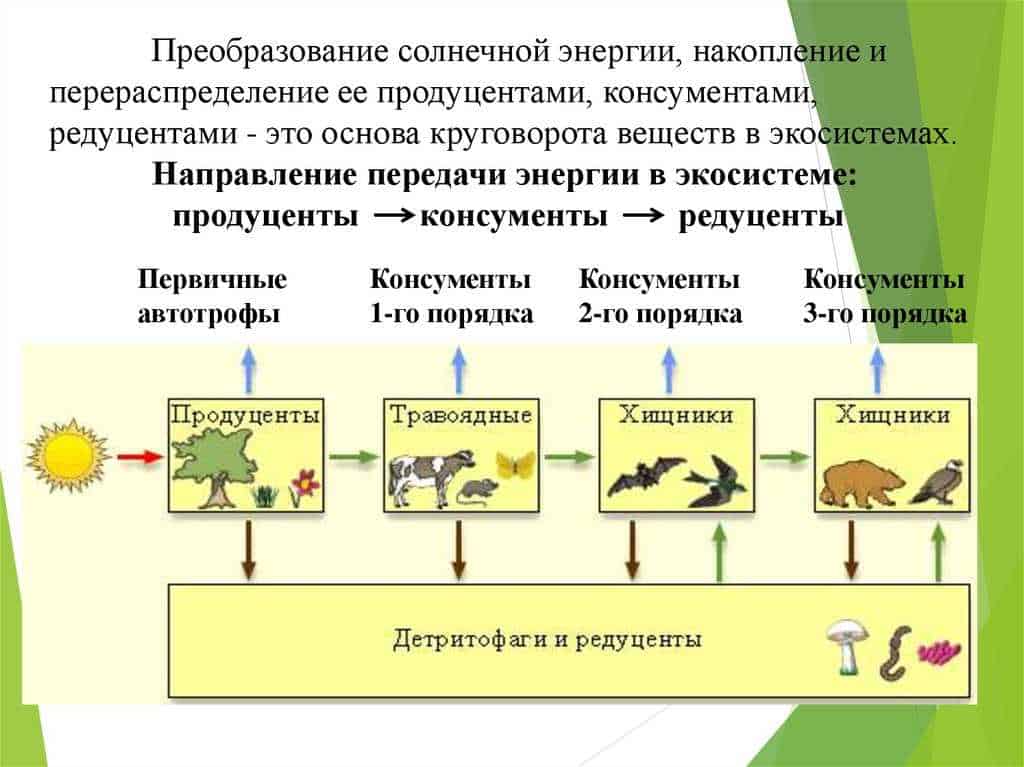
To maintain the biological balance for butterflies, it is important to raise people's awareness and education about the importance of butterflies and their role in the ecosystem. The more people who know about parasitic threats to butterflies, the better the chances for action to be taken to conserve and restore them.
In general, maintaining biological balance for butterflies requires an integrated approach that includes preventing parasitic infections, improving genetic diversity, and raising public awareness. This is the only way to ensure the long-term survival and well-being of butterflies in our ecosystem.
The Importance of Conserving Butterfly Populations in an Ecosystem
Butterflies play an important role in the ecosystem and their conservation is an integral part of maintaining biological balance. They are pollinators of many plants, contributing to their reproduction and conservation of genetic diversity. Butterflies carry pollen from one flower to another, which allows plants to be fertilized and produce seeds or fruits.
In addition, butterflies are an important food for many animals such as birds, frogs, and insectivorous mammals. Their presence in the food chain ensures balance and stability in the ecosystem. If the butterfly population declines or disappears, this can disrupt the food chain and negatively affect other animal species.
Butterflies are also indicators of the ecological state. Their abundance and diversity can serve as indicators of changes in the environment. For example, a decrease in the number of butterflies may be indicative of air pollution, the use of harmful pesticides, or the loss of natural habitats due to urban development.
Therefore, it is important to take measures to preserve the butterfly population. This may include creating special reserves where they can live and breed in favorable conditions, as well as maintaining a variety of vegetation that serves as a food source for their caterpillars and pupae. Such measures will help maintain the biological balance and ensure the sustainability of the ecosystem.
Protection of natural habitats of butterflies from destruction
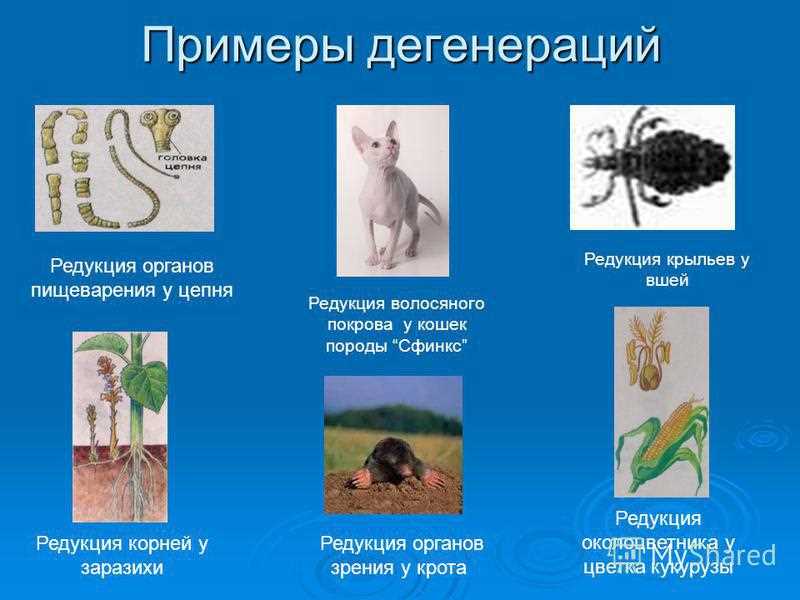
Butterflies are an important part of the ecosystem and play a key role in the pollination of flowers and the dispersal of plant seeds. However, their habitats are subject to destruction due to various economic and human activities. To preserve biological diversity and protect butterflies, it is necessary to take measures to preserve and restore their habitats.
Protection of nature reserves and parks
One way to protect butterfly habitats is to create and protect nature reserves and national parks. These areas provide a safe haven for butterflies and other animals, and also contribute to the conservation of their natural habitats. In such reserves and parks, measures are being taken to control pests, as well as to restore and improve the living conditions of butterflies.
Preservation of natural ecosystems

The conservation of natural ecosystems is also an important aspect of protecting butterfly habitats. Natural ecosystems provide butterflies with the necessary food, shelter and breeding conditions. Therefore, it is important to prevent the destruction of natural landscapes, restore the habitats of plants on which butterflies live, and preserve the natural biotopes where they live.
Pesticide regulation

The use of pesticides in agriculture and horticulture can have a negative impact on butterflies and their habitats. Therefore, it is important to conduct regular monitoring and limit the use of pesticides, especially near nature reserves and other areas of high biodiversity. Instead of chemical pesticides, safer and more environmentally friendly pest control methods such as biological agents and organic fertilizers can be used.
In general, protecting the natural habitats of butterflies from destruction is an important task that requires joint efforts from governments, organizations and the public. By taking measures to preserve and restore the habitats of butterflies, we can ensure their survival and maintain the biological balance in nature.
Managing parasite populations to conserve butterflies
Parasites can pose a serious threat to butterfly populations, so it is important to manage parasite populations to conserve these beautiful insects. One method of parasite control is the use of biological control.
biological control — is the use of living organisms or their products to reduce the population of pests. For example, you can use predatory insects that feed on butterfly parasites. This helps reduce the number of parasites and save butterflies.
Another method of controlling the parasite population is the use of chemicals. Chemicals can be used to kill parasites, but their use must be careful not to harm butterflies and other beneficial insects.
However, along with managing the parasite population, it is also important to maintain the biological balance in the ecosystem. Butterflies play an important role in plant pollination, and their extinction could disrupt the life cycle of many plants.
Therefore, in order to preserve butterflies and biological balance, it is necessary to carry out complex measures: the management of the parasite population, the use of biological control and caution when using chemicals.
Education and enlightenment about biological balance and parasites
Importance of education about biological balance
Education plays an important role in understanding and maintaining biological balance. Understanding how parasites affect butterflies and the importance of biodiversity conservation is essential to effective species protection and conservation measures.
The role of education in parasite education
Education about parasites helps people understand their important role in the ecosystem. Parasites can be not only harmful, but also play a positive role in maintaining biological balance. Knowledge of the different types of parasites and their interactions with host organisms helps prevent their negative effects on butterflies and other animals.
Examples of educational programs
There are various educational programs aimed at educating about biological balance and parasites. Some of these include lectures, workshops, and hands-on activities where students can learn about different types of parasites and their effects on butterflies. There are also excursions to nature reserves and scientific centers where you can observe the interaction of parasites and their hosts.
Importance of parasite education for maintaining biological balance
Parasite education allows people to understand the importance of maintaining biological balance. Without understanding the interactions between living organisms and the role of parasites in an ecosystem, humans can inadvertently upset this balance. Education and awareness about parasites helps people make informed decisions and act in the best interests of biodiversity and environmental health.

